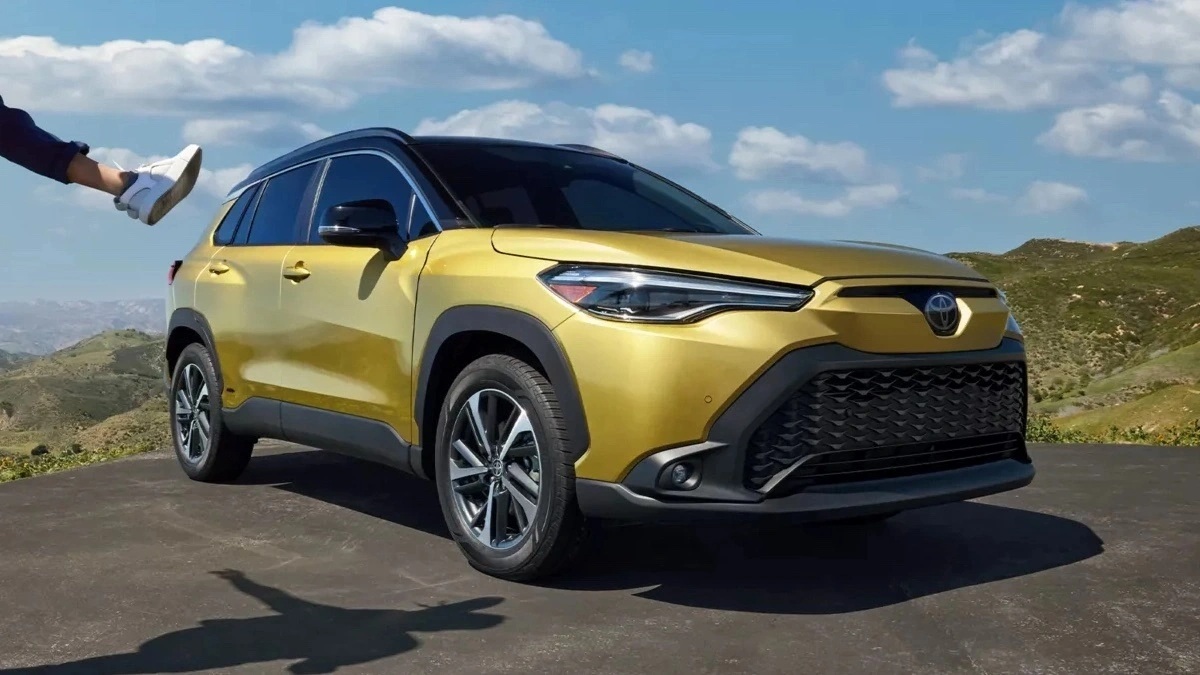How Much Is A New Suv

So, you're thinking about buying a new SUV. Great choice! SUVs offer versatility, cargo space, and often, all-wheel drive for added capability. But the question on everyone's mind is: how much will it actually cost? Forget the sticker price – we're diving into the real numbers and factors that determine the out-the-door price of a new SUV. This isn't just a casual overview; we're going deep, like you would when tackling a complex repair on your own vehicle.
Understanding the Base Price and MSRP
Let's start with the basics. You'll often see the term MSRP, which stands for Manufacturer's Suggested Retail Price. This is the manufacturer's recommended price for the vehicle before any options, taxes, or fees are added. Think of it as the starting point for negotiations. The base price is similar, representing the price of the vehicle in its most basic configuration – no fancy features included. Don't confuse these with the actual price you'll pay.
Key Specs and Main Parts Influencing Price
The price of a new SUV is highly dependent on its specifications and included components. Here are some of the major factors:
Engine and Transmission
The heart of any vehicle, the engine, dramatically impacts the price. A larger displacement engine, like a V6 or V8, will almost always cost more than a smaller inline-4, especially if it incorporates advanced technologies like turbocharging or direct injection (GDI). The transmission, whether it's a traditional automatic, a continuously variable transmission (CVT), or a dual-clutch transmission (DCT), also plays a role. Transmissions with more gears or more sophisticated control systems will generally increase the price.
Drivetrain (FWD, RWD, AWD, 4WD)
The drivetrain – how power is delivered to the wheels – is a major price determinant. Front-wheel drive (FWD) is usually the most affordable, followed by rear-wheel drive (RWD). All-wheel drive (AWD) and four-wheel drive (4WD) systems add significant cost, particularly if they include advanced features like electronically controlled differentials or terrain management systems. Understanding the difference between AWD and 4WD is crucial: AWD typically provides traction in all weather conditions, while 4WD is designed for more serious off-road use. The complexity and robustness of 4WD systems explain their higher price.
Trim Level and Options
SUVs come in various trim levels – base, mid-range, and top-tier – each offering different features and levels of luxury. Higher trims include things like leather seats, premium sound systems, advanced safety features (adaptive cruise control, lane departure warning), and larger infotainment screens. Each added option, from a sunroof to a tow package, increases the overall price. Don't underestimate the cumulative effect of these options!
Safety Features
Modern SUVs are packed with safety technology. Features like anti-lock brakes (ABS), electronic stability control (ESC), airbags (front, side, curtain), and rearview cameras are generally standard. However, advanced driver-assistance systems (ADAS), such as blind-spot monitoring, automatic emergency braking, and parking assist, often add to the cost. While these features enhance safety, they also increase the complexity and price of the vehicle.
Technology and Infotainment
Infotainment systems are a big selling point. Larger touchscreens, navigation systems, smartphone integration (Apple CarPlay, Android Auto), and premium sound systems all contribute to a higher price. Consider what features are essential to you and avoid paying for unnecessary technology.
Unveiling the Hidden Costs
The sticker price is just the beginning. Here are some additional costs to factor in:
- Taxes: Sales tax rates vary by state and locality, adding a significant chunk to the final price.
- Fees: These can include destination charges (the cost of shipping the vehicle from the factory to the dealership), documentation fees (for processing paperwork), and dealer preparation fees.
- Insurance: SUV's generally cost more to insure, due to their size and potential repair costs.
- Registration: Vehicle registration fees vary by state and are often based on the vehicle's value.
- Financing: If you're financing the vehicle, you'll pay interest on the loan, increasing the total cost over time. The interest rate depends on your credit score and the loan term.
How It Works: The Pricing Process
The dealership acquires the vehicle from the manufacturer. Dealerships negotiate prices with the manufacturer for the base model vehicle. Once acquired, the dealership can markup the price of the vehicle. Supply, demand, and incentives from the manufacturer can impact the final price.
Real-World Use – Basic Negotiation Tips
Don't be afraid to negotiate! Here are a few tips for getting the best price:
- Do your research: Know the fair market value of the SUV you want. Use online resources to compare prices at different dealerships.
- Shop around: Get quotes from multiple dealerships and let them compete for your business.
- Negotiate the price, not the monthly payment: Focus on the total price of the vehicle, not just the monthly payment. Dealers can manipulate the loan terms to make the monthly payment seem lower while increasing the overall cost.
- Be willing to walk away: If the dealer isn't willing to meet your price, be prepared to walk away. There are plenty of other dealerships willing to earn your business.
- Consider incentives: Take advantage of any rebates, discounts, or incentives offered by the manufacturer or the dealership. These can significantly reduce the price.
Safety – Avoid Being Upsold
Dealers may try to upsell you on extras you don't need. Extended warranties, paint protection, and fabric protection are often overpriced and provide little value. Carefully evaluate whether these extras are worth the cost. In general, a good rule of thumb is to only purchase extras that provide a demonstrable benefit that you specifically need. Don't be swayed by high-pressure sales tactics.
Understanding the true cost of a new SUV requires careful consideration of all the factors involved. By doing your research, negotiating effectively, and avoiding unnecessary extras, you can ensure that you get the best possible price.
